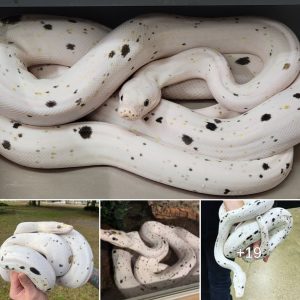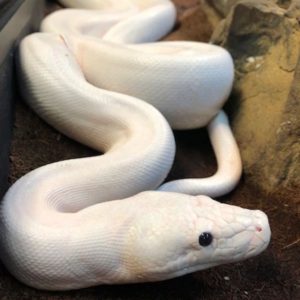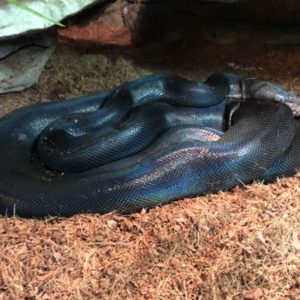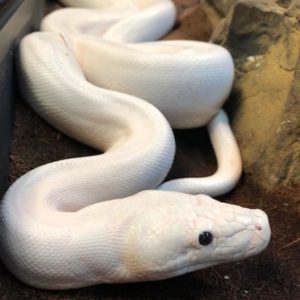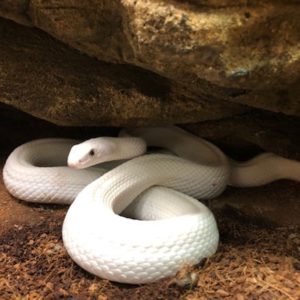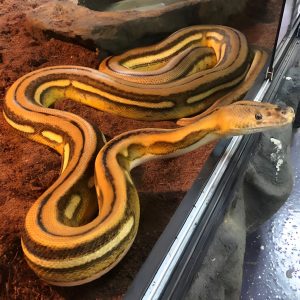GRASS SNAKE
Ringed snake, Water snake
The Grass snake (Natrix natrix) is a Eurasian non-venomous colubrid snake. It is often found near water and feeds almost exclusively on amphibians.

Appearance
The Grass snake is typically dark green or brown in color with a characteristic yellow collar behind the head, which explains the alternative name Ringed snake. The color may also range from grey to black, with darker colors being more prevalent in colder regions, presumably owing to the thermal benefits of being dark in color. The underside is whitish with irregular blocks of black, which are useful in recognizing individuals.
Photos with Grass Snake









Distribution
Grass snakes are widely distributed in mainland Europe, ranging from mid-Scandinavia to southern Italy. They are also found in the Middle East and northwestern Africa. These snakes are strong swimmers and may be found close to fresh water. They prefer to live in open woodland and “edge” habitat, such as field margins and woodland borders. They also favor areas near ponds, streams, and lakes. Grass snakes can also live in heavily-modified landscapes if suitable water sources are present and can be found in gardens and urban parks.
Habits and Lifestyle

Grass snakes are solitary creatures. They are active during the day and search actively for prey, often on the edges of the water, using sight and sense of smell. These snakes typically hibernate during the winter underground. After breeding in summer, Grass snakes tend to hunt actively and may range widely during this time, moving up to several hundred meters in a day. Snakes that have recently eaten rarely move any significant distance and will stay in one location, basking to optimize their body temperature until the prey item has been digested. Individual snakes may only need two or three significant prey items throughout an entire season. As Grass snakes are not venomous their main defense strategy is to produce a garlic-smelling fluid from the anal glands or to “play dead” by becoming completely limp. They may also perform an aggressive display in defense, hissing and striking without opening their mouth. They rarely bite in defense. They may also secrete blood from the mouth and nose whilst playing dead. When caught they often regurgitate the contents of their stomachs. Grass snakes may also display a rare but known defensive behavior involving raising the front of the body and flattening the head and neck so that it resembles a cobra’s hood.
Diet and Nutrition
Grass snakes are carnivores. They prey mainly on amphibians, especially the Common toad and the Common frog, although they may also occasionally eat ants and larvae.
Mating Habits
As spring approaches, the males emerge first from hibernation and spend much of the day basking in an effort to raise body temperature and thereby metabolism. The mating season starts up to two weeks later in April, or earlier if environmental temperatures are favorable. Females lay 8-40 leathery-skinned eggs from June to July which are incubated for about 10 weeks. To survive and hatch, the eggs require a temperature of at least 21 °C (70 °F), but preferably 28 °C (82 °F), with high humidity. Areas of rotting vegetation, such as compost heaps, are preferred locations. The young are about 18 cm (7 in) long when they hatch and are immediately independent.
Population

Population threats
The main threat to these snakes is the loss of grassland and wetland habitats through human activity. They have various predators, including corvids, storks, owls and perhaps other birds of prey, foxes, and the domestic cat. In England, Grass snakes are protected and cannot be harmed or traded without a license, although they may legally be captured and kept in captivity.
